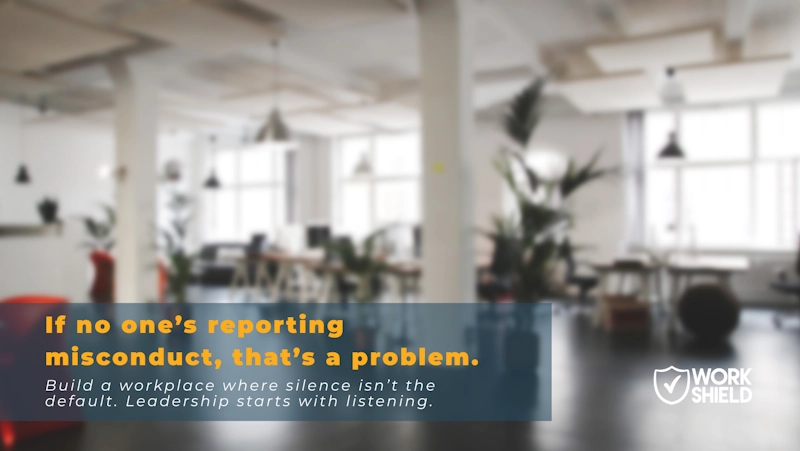Workplace harassment impacts all levels of an organization from entry-level to C-suite. The unwanted behavior can happen in any industry, and according to the EEOC, over 27% of all harassment charges between 2018 and 2021 were sexual harassment related, which is an increase from just over 24% between 2014 and 2017. Additionally, a global survey found that more than one in five employees have experienced violence or harassment at work, and young women’s risk of suffering harassment in the workplace doubled that of young men.
In the year 2021 alone, sexual harassment claims resulted in over $61 million in direct settlements. Yet beyond the startling financial impacts, harassment in the work environment affects the entire organization and its culture. It’s time to understand the magnitude of its consequences and implement a strategic plan for change – and as an employer, that starts with you.
Here are three ways harassment may be impacting your workplace culture:
- Workplace harassment creates a hostile work environment
Not only does harassment at work affect the employee directly involved, but it changes the tone of the entire space, making it hostile. For a workplace to be considered hostile, the behavior, actions or communication must be discriminatory in nature, which include being severe or pervasive, disrupting to work, or part of a situation that the employer was aware of yet did not properly address. While sexual harassment is the most common form, offensive jokes or the use of insensitive terms have the power to create a hostile work environment as well as any type of physical assaults or threats.
- Workplace harassment increases toxicity
Toxicity is taking workplaces by storm, with approximately 30 million U.S. workers saying their workplace is toxic. And according to research by MIT Sloan School of Management, toxic social norms – in other words, unwanted behaviors that have become normalized across the organization – are a top contributor to a toxic workplace. So, as employers, if you tolerate workplace harassment, allowing it to become “normal” at your workplace, then toxicity will ultimately ensue, dragging down the entire team.
- Workplace harassment destroys employee trust
When employees witness harassment in the work environment and do not see immediate action taken by the organization to investigate and resolve the misconduct, trust is quickly broken. Employers must have a zero tolerance policy for harassment and make that clear to all workers to build and maintain trust, as teams with higher levels of trust work better together. Additionally, people at organizations with high levels of trust show 50% higher productivity and 76% more engagement.
There is a solution to the issue of workplace harassment. While we may not be able to stop the behavior altogether, we can implement strategic solutions to efficiently and effectively manage it. Through Work Shield’s third-party misconduct solution, you can ensure that you’re equipped to handle harassment before it impacts your workplace culture. Here’s how:
- Report through a third-party, safely and securely.
- Allow harassment incidents to be investigated with care and without bias.
- Lessen the fear of retaliation with a third-party solution.
Manage harassment at your workplace with the solution that protects organizations and cultures. Make the difference today.





